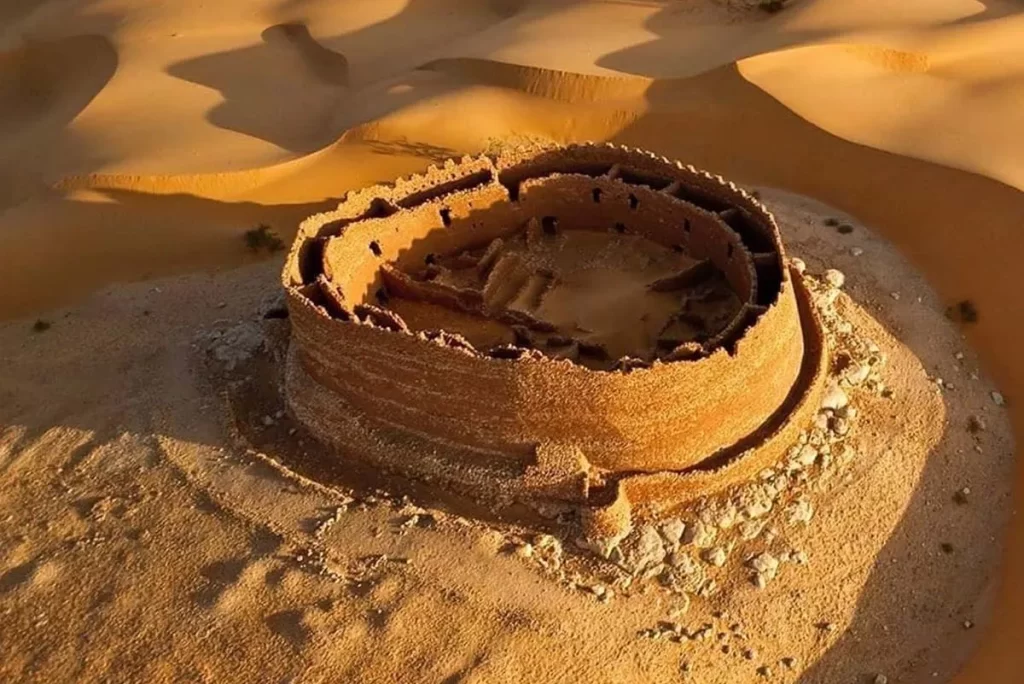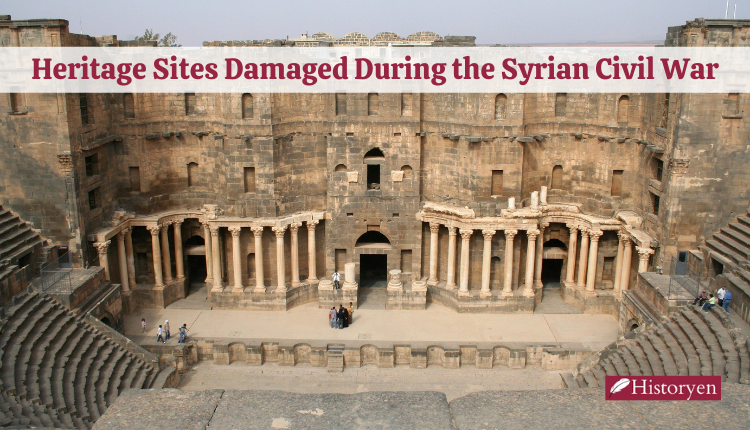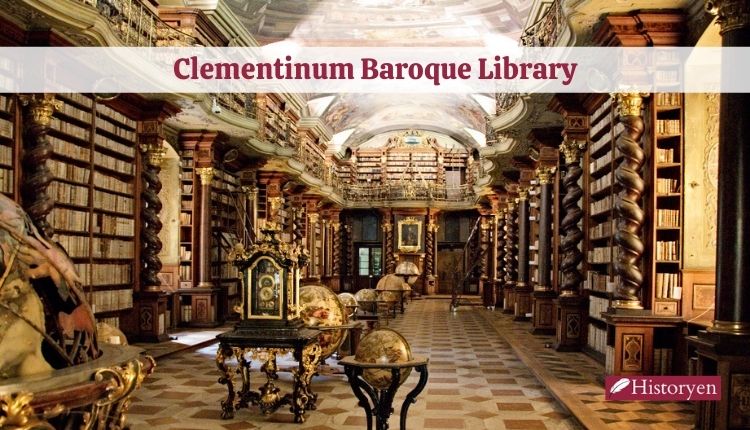Recently, the internet has been captivated by a stunning image of a castle-like structure standing proudly amidst the vast expanse of a dune sea. This enigmatic building, known as Ksar Draa, resides deep within the heart of the Algerian interior, shrouded in mystery. Despite its allure, Ksar Draa remains an enigma – its origins, purpose, and builders lost to the annals of time.
A Lost Past: The Elusive Secrets of Ksar Draa
Delving into the history of Ksar Draa is akin to embarking on a treasure hunt through fragmented sources. Sparse information can be found in scattered Facebook and Reddit posts, obscure blogs, and poorly translated travel websites, leaving us to ponder the secrets held within this ancient edifice. Algeria, a land steeped in antiquity and rich historical significance, yet conceals some of its most intriguing mysteries.
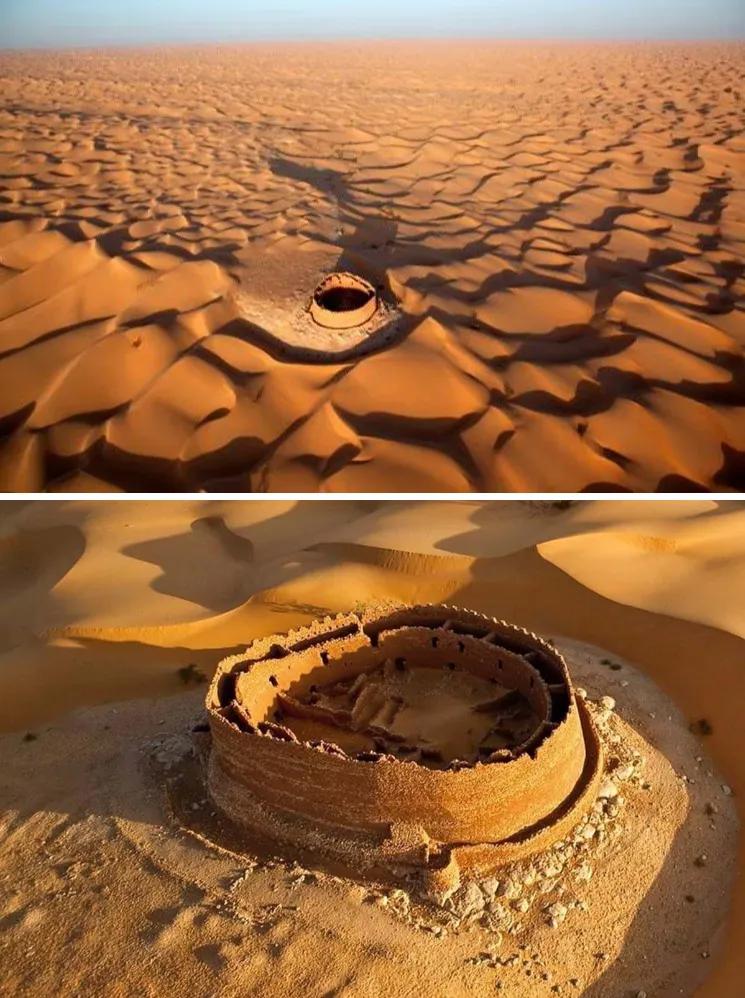
Ksar Draa, situated near the town of Timimoun in Adrar Province, features a circular double wall rising two meters high, with three levels, numerous rooms, a courtyard below, and no visible windows or staircases. Speculations regarding its function abound, suggesting it could have been a caravanserai, a fortified castle, a prison, a granary, or a trading post. Notably, the presence of a solitary Jewish symbol on one wall has led to conjectures about its potential Jewish origins. Beyond these scant details, Ksar Draa’s true story remains largely veiled.
Supposedly, an American team explored the site in the 1980s, hoping to unlock its mysteries. Regrettably, their findings seem to have vanished, leaving us to wonder why this ancient castle-fort continues to defy understanding.
Deciphering the Term “Ksar”: Fortress or Palace?
Before unraveling the secrets of Ksar Draa, it is imperative to comprehend the term “ksar.” The plural form, “ksour,” designates a “fortified village” and may also imply a “palace” or “castle.” Throughout Algeria, Morocco, Tunisia, and other North African countries, ksour stand as a testament to a rich architectural heritage.
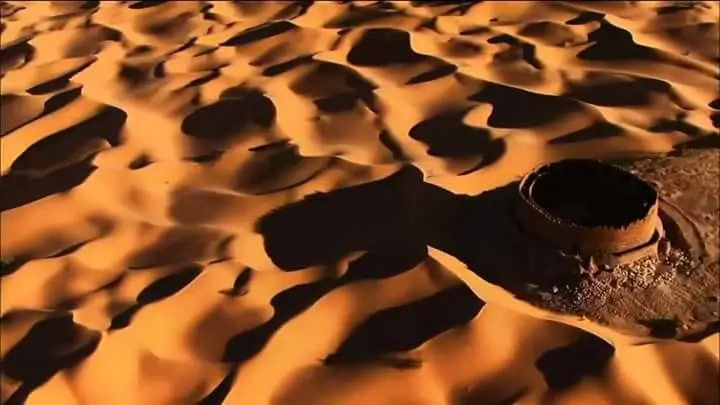
Typically, ksour consist of interconnected houses constructed from adobe stone, clay, and earth plaster. These multifunctional structures serve as living quarters, storehouses, and even mosques. Their towering, robust walls were deliberately designed to safeguard the inhabitants within.
The Region’s History: Tracing the Legacy of Ksar Draa
Ksar Draa finds its roots in central Algeria, specifically within the expansive Touat desert. This region, boasting vital oases, played a crucial role in facilitating journeys deeper into the unforgiving Sahara. Strategically, ksour were erected around these oases to cater to the needs of travelers.
According to historical records from Arabic and European medieval sources, Jews settled in Touat during the 1st century AD, seeking refuge from persecution under the Roman emperor Trajan. Originating primarily from Cyrenaica, present-day eastern Libya, these Jews thrived and flourished over time. Enjoying the protection of various rulers, they established a secure social standing, as noted by Genoese trader Antonio Malfante in his accounts of the trans-Saharan trade during the 1440s.
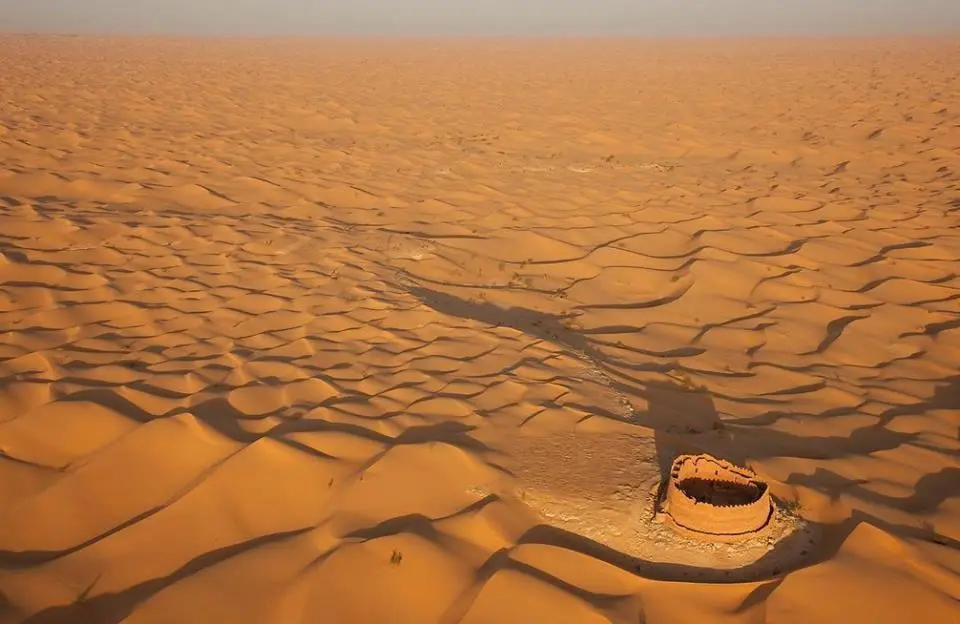
Economically successful, the Jewish community in Touat became akin to a miniature kingdom within the region. Their expertise lay in trading Saharan gold and jewels, and their capital, Tamentit, evolved into a bustling cultural and trading hub. It housed numerous jewelers, skilled artisans, scholars, religious schools, and synagogues. Remarkably, despite occasional conflicts, the Jewish and Muslim communities coexisted amicably for a significant period.
Tragically, the year 1492 marked a turning point when an enraged Moroccan fanatic named al-Maghili incited anti-Jewish sentiment among the local Muslims. A violent uprising ensued, leading to the annihilation of the town and forcing the surviving Jews to disperse and seek safety elsewhere.
Timimoun: A Charming Oasis Town Amidst the Sahara
Nestled amidst the arid expanse of the Sahara Desert, Timimoun is a picturesque oasis town that exudes enchanting beauty and ancient allure. Located in Adrar Province, near Ksar Draa, this desert gem holds a captivating history and offers a glimpse into the rich cultural tapestry of the region.
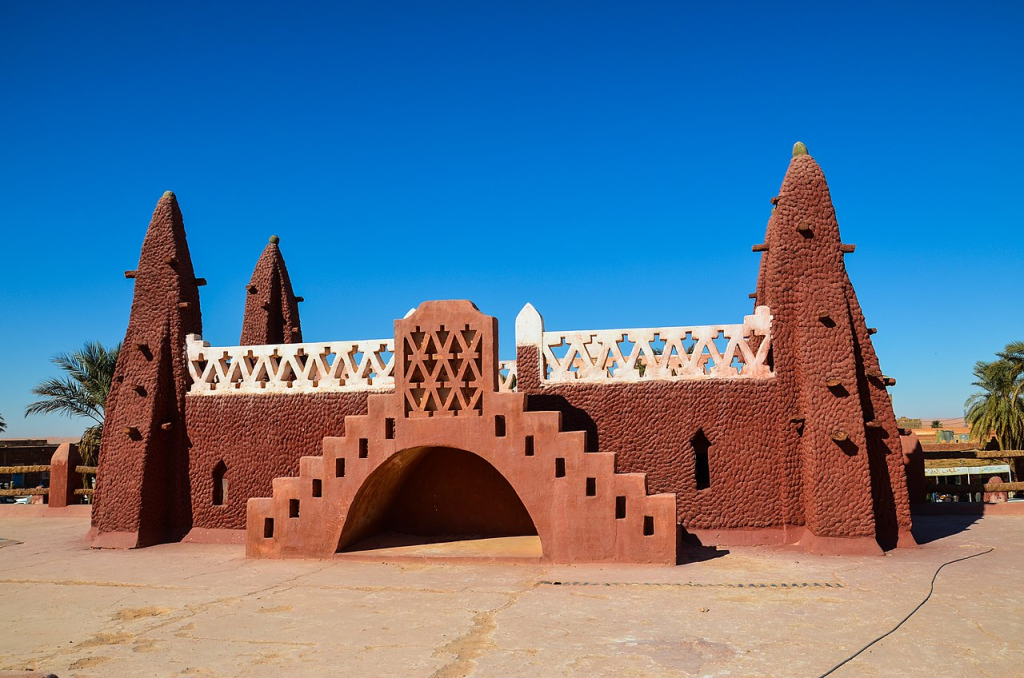
Timimoun is renowned for its stunning architecture, with traditional houses made of clay, creating a harmonious blend with the surrounding golden dunes. The town’s strategic position near important oases made it a vital stop for traders and travelers journeying through the Sahara. Today, it continues to welcome tourists seeking a unique and authentic experience of desert life.
The town’s distinctive charm lies in its traditional markets, known as souks, where locals and visitors alike gather to trade goods and engage in the lively ambiance of desert commerce. Timimoun’s souks offer a treasure trove of handcrafted items, from vibrant textiles to intricately designed pottery, reflecting the artistic prowess of the region’s inhabitants.
Theories: Unraveling the Enigma of Ksar Draa
Understanding the historical context allows us to form plausible theories surrounding Ksar Draa’s purpose. Its architectural features certainly suggest a defensive intent – the double wall, strategically positioned on a dune, offers enhanced security by enabling surveillance from all angles. The absence of staircases and windows further supports the idea of heightened protection and seclusion.
Considering this, it is plausible that the expelled Jews from Cyrenaica constructed Ksar Draa as a refuge against external threats, potentially providing shelter to those fleeing the devastating Tamentit massacre of 1492.
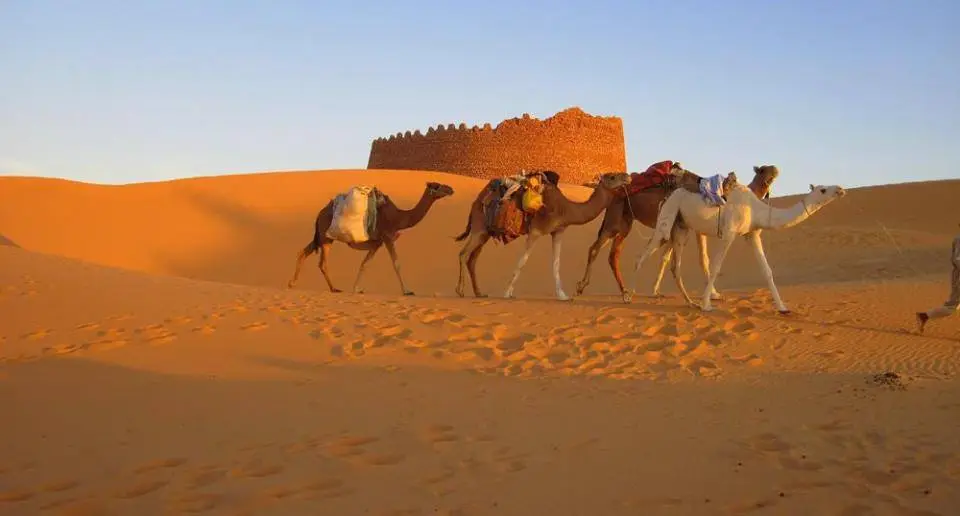
Additionally, Ksar Draa might have served as a caravanserai, offering weary travelers lodging and provisions before embarking on their arduous desert journeys. However, the lack of simple amenities such as staircases could raise questions about its practicality as a stopover for caravans.
Alternatively, the structure may have combined elements of a fortress and a trading post, offering both security to its occupants and a hub for commercial activities.
The Mysteries of Ksar Draa Persist
Ksar Draa’s existence remains a marvelously perplexing puzzle. With the passage of time and the post-World War II exodus of the Jews to Israel, vital information may have been lost, leaving us with unanswered questions. The stories and oral traditions that might have shed light on this enigmatic castle-fort now remain buried with the persecuted.
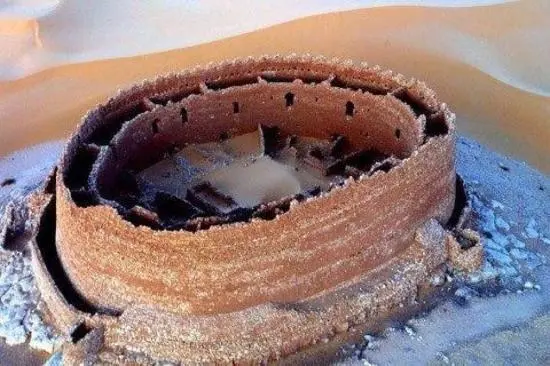
While no recent archaeological endeavors have taken place at Ksar Draa, one thing remains evident – whoever built this remarkable structure did so with the purpose of keeping someone or something at bay, etching their tale into the sands of time.
